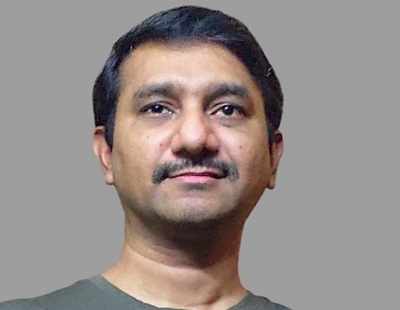 For Lendingkart, data analytics is one of the key differentiators. The fintech company has created a culture of being data oriented and data driven where all key aspects of its operations like credit underwriting and decision making around credit worthiness, capability to pay, potential defaults are all data driven.
For Lendingkart, data analytics is one of the key differentiators. The fintech company has created a culture of being data oriented and data driven where all key aspects of its operations like credit underwriting and decision making around credit worthiness, capability to pay, potential defaults are all data driven.According to Giridhar Yasa, CTO at Lendingkart, this has enabled the company to be agile, work optimally and optimize both its top-line and bottom-line.
Lendingkart has created a learning engine that enables it to respond actively to model the changes in the ecosystem and launch a variety of new products quickly.
“Our models have been built based on many years’ customer data, with a deep understanding of our customer segment. These models have been resilient through the pandemic and have enabled us to have sustained growth and performance,” said Yasa.
Lendingkart’s algorithms take into account over 1000s of derived variables to evaluate the creditworthiness of customers. Close to 7000 qualified leads are processed every day, resulting in analysis of approximately 800 applications x 10,000 data points.
In a traditional setup, analytics has been focused on underwriting using judgemental scorecards based on logistic regression. “However, we are able to analyze bank statements in a better way to get trends around credit, debits, balances, cheque returns,” added Yasa.
The company also accesses non-traditional data sources such as SMS data, location information, platform interaction information for this.
“By combining the data from various sources using new ML techniques, we are able to underwrite segments of customers that would otherwise have not been underwritten by traditional NBFCs or banks,” Yasa maintained.
In conjunction with the tech team, Lendingkart analytics team has been able to build a data infrastructure which helps capture every interaction with the customer: call logs, call transcripts, SMS, email, product interaction variables and social data, in addition to traditional LOS and LMS data. “This merits the use of Big Data systems. Our data engineering team uses a leading data stack solution to deliver a top end data system.”
The company also applies a significant amount of ML and AI to clean data. These ML techniques combined with technology to collect data are enabling Lendingkart to: Approve customers that would not have been otherwise approved based on additional data; Assess the risk and price the customers appropriately; Optimize marketing and operations cost, therefore leading to a better bottom line.
At Lendingkart microservices architecture is used for scalability. Yasa believes that using the right tool for the right job is very important. For example, Mongodb is used as a database for cases when the number of fields are not fixed and to store data that are single time writes and where speed of writing data trumps transactional sanctity; whereas MySQL is used in case of transactional databases such as to track the application process; and for analytics, the company uses suitable data warehouse technology stack.
“Various microservices talk to each other through Kafka communicate status. The backend tech stack is mostly on Java using Spring Boot framework, while we use Python for data engineering and analytics.”
The company is actively modernizing its existing microservices architecture-based technology stack to be on a cloud native path by leveraging serverless, streamlining application definition and orchestration, production observability and analysis.



